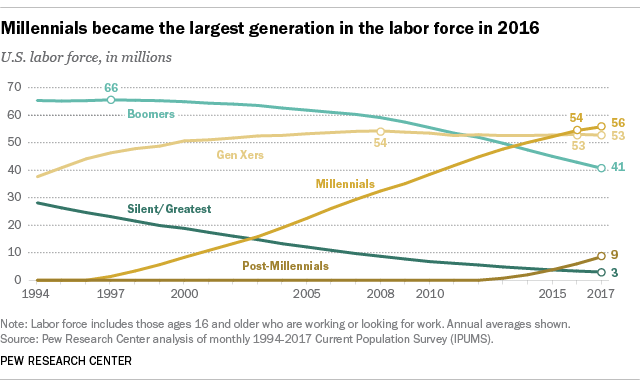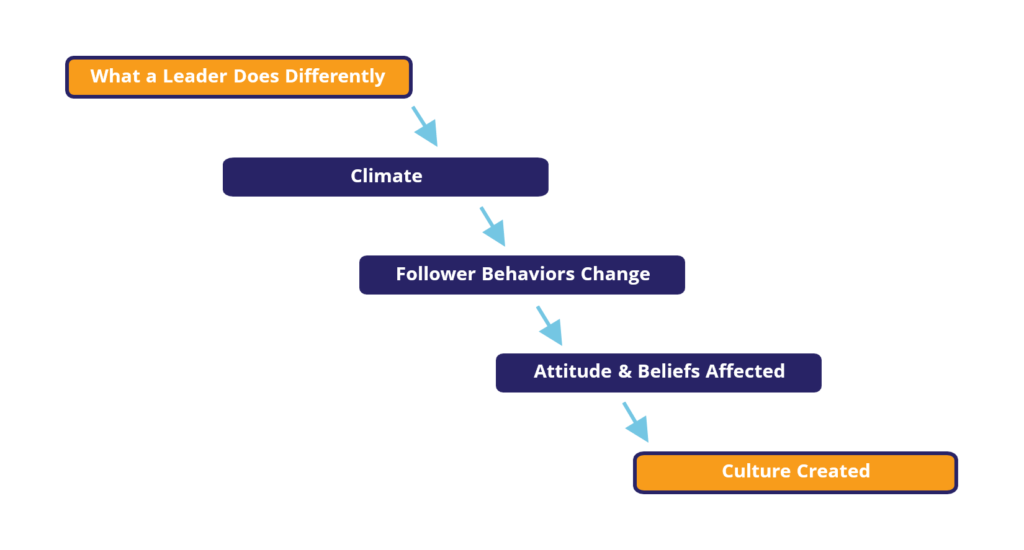Improving risk management techniques is critical for any company. But it's not enough to simply update procedures and protocols; making your company truly safer requires building the right culture. At Captive Resources, we work with over 40 group captives comprised of more than 5,000 member-companies that take workplace safety very seriously.
As a captive consultant, we take a holistic approach to risk management by helping our clients build better — and safer — workplace cultures. To help explain what companies need to do to create better safety cultures, we invited Steve Yates — the founder and CEO of Optimum Safety Management — to join our weekly Risk Control Webinar series.
Here are some key takeaways from Yates’ presentation on how to build a people-centered safety culture.
Creating a people-centered safety culture requires — as you might assume — understanding the people that will constitute that culture. For companies, that means understanding your workforce. According to Yates' presentation, today's labor force is heavily populated by Millennials (individuals born between 1981 and 1996). Millennials make up more than a third of America’s workforce, with 56 million workers. Within the past half-decade, this generation eclipsed Gen Xers (individuals born between 1965 and 1980).

Image Source: Pew Research Center
"When you're a leader in an organization with multiple generations, it's important to understand those different age groups," said Yates. When it comes to Millennials, they “not only demand but require authenticity and transparency from their leaders. It's something that we need to understand and value."
Unfortunately, there seems to be a significant disconnect between what today’s employees say they need from their bosses and what those bosses think their employees need. Yates cited a study published in Forbes where employers and employees were asked the same question: “What do employees need from a boss to become a better employee?”
The difference in the responses from the two groups was telling:
| Employer Responses | Employee Responses |
|---|---|
| Better at finances | Leadership: Where are you taking me? |
| Better at technology | Emotional Intelligence: How are you treating me? |
According to Yates, Generation X was the first to really start climbing the corporate ladder by moving companies. Millennials have accelerated that practice, which makes retaining the upper echelon of talent in today's workforce more difficult. But keeping top talent is critical for an organization — both in preserving the culture you're working to build and improving your bottom line.
"Workers who leave cost the company about 25 percent of their annual salary in costs like re-hiring and training,” said Yates.
While it might not seem obvious, building a people-centered safety culture can play a significant role in your company’s ability to retain employees.
"When we talk about employees leaving in the context of safety, it’s because safety is a basic human need that everyone can agree on," said Yates. "If you look at Maslow’s hierarchy of needs, safety is No. 2 right after food and sustenance.”
Every organization has a culture, even the companies that have done little to build a meaningful one. A company’s culture isn’t necessarily a unique or special entity; a culture is simply a “set of shared attitudes, values, goals, and practices” (good or bad) “that characterizes an institution or organization.”
But retaining top talent of any generation requires building the right culture, an endeavor that typically takes much effort. That effort, however, can pay dividends.
“If we can win the war of building a culture around safety you will also have the downstream effects of improved quality, improved productivity, and yes, even improved profitability in your organization," said Yates.
Improving your workplace culture can have a considerable impact on your organization's "behavioral reliability." According to Yates, behavioral reliability is when all the employees of your company do “the right thing, the right way, at the right time, for the right reason.”
Behavioral reliability is an extremely critical component of high-performing organizations and excellent safety performance. While culture may be a key driver of it, achieving behavioral reliability takes practice and repetition, not unlike building better habits.
"It takes 21 days of doing something to build a habit,” said Yates. “But once you build a habit, your beliefs change, and your actions change."
The most successful cultural transformations start at the top. Your company's leaders can't just embrace a safer workplace culture; they need to inspire it. Culture is the result of leaders’ actions and the climate they set. According to Yates, it's about having leaders who set the example and impact not just employee behaviors but also their attitudes and beliefs about safety.
"Moving from compliance to commitment is a cultural change and begins with leadership," said Yates.
The dynamic looks like this:

Image Source: Optimum Safety Management
To learn more about how workplace culture impacts safety — and vice versa — check out Optimum’s white paper: Why Culture is Number 1
This presentation was part of CRI’s Risk Control Webinar Series — weekly installments of webinars to educate the group captive members we work with on topics like workplace safety, organizational leadership, and company performance. The thoughts and opinions expressed in these webinars are those of the presenters and do not necessarily reflect CRI’s positions on any of the above topics.